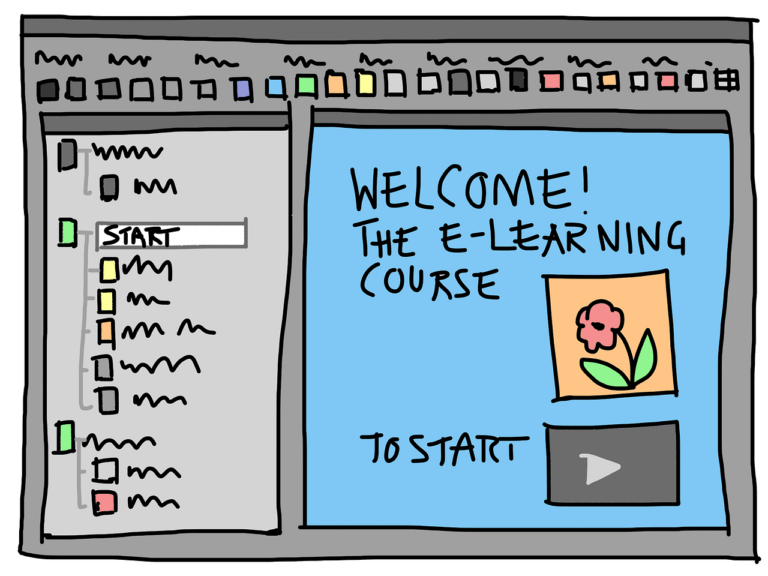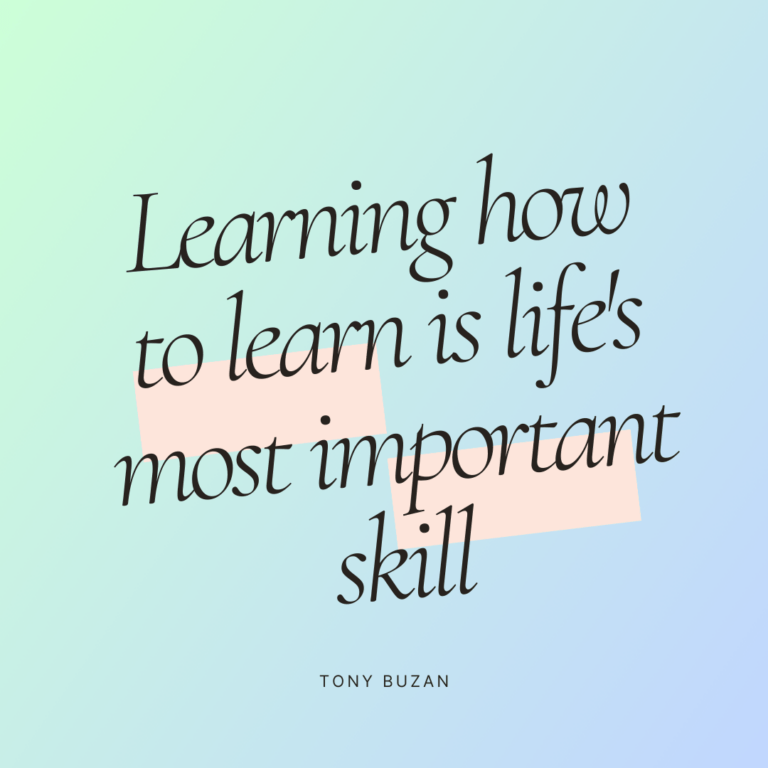Becoming an Instructional Designer: Empowering Africa’s Future

Welcome to an exciting world where creativity meets education – instructional design! Have you ever wondered how you can play a pivotal role in shaping effective learning experiences?
Look no further because instructional design is the key to empowering learners, not only in Africa but across the globe. In this blog post, we will explore the path to becoming an instructional designer and the exceptional gains that come with this rewarding career choice.
Unleash your potential, make a difference, and embark on a fulfilling journey as an instructional designer. Discover how Africans can excel in this dynamic field and the incredible rewards it offers.
The Path to Becoming an Instructional Designer
Education and Training
You might be wondering where to start on your journey to becoming an instructional designer. From formal education to online courses and certifications, the options are aplenty. Embrace the power of continuous learning and stay updated with the latest trends to hone your skills further.
To begin, consider enrolling in educational programs focused on instructional design or related fields. Many universities and colleges offer degrees and certificates in instructional design, e-learning, and learning experience design. These courses provide a solid foundation in learning theory, instructional strategies, and the use of technology in education.
Additionally, explore the wealth of online courses and workshops available on e-learning platforms. These options often allow you to learn at your own pace and tailor your education to your specific interests.
Look for courses that cover topics such as multimedia development, learning management systems (LMS), and mobile learning to enhance your skill set.
Showcasing Your Skills: Building a Portfolio
You don’t need years of experience to make your mark as an instructional designer. Start building a portfolio that showcases your creativity and expertise. If you haven’t had the chance to work on paid projects yet, don’t worry! Create sample projects to demonstrate your capabilities and dedication to the craft.
Consider creating a personal website or an online portfolio to showcase your work. Include detailed descriptions of each project, outlining the instructional goals, target audience, and the technologies or strategies you employed. Demonstrating your ability to create engaging and effective learning experiences will make you stand out to potential employers or clients.
As you continue to grow as an instructional designer, keep updating your portfolio with new projects and achievements. Don’t be afraid to seek feedback from peers or mentors to improve your work continuously.
Read also: 8 Key Skills Instructional Designers Need to Thrive Today
Staying Competitive in a Global Arena
Cultivating Cultural Relevance
Africa is a diverse continent with unique learners and rich cultural backgrounds. As an instructional designer, your advantage lies in understanding the local context and incorporating cultural elements into your designs. Embrace your roots and create learning experiences that resonate deeply with African learners.
When designing instructional materials, consider the cultural preferences, traditions, and languages of your target audience. Avoid relying solely on generic content and aim for authenticity and inclusivity. By incorporating familiar references and relatable scenarios, you can foster a deeper connection between learners and the content.
Moreover, strive to design content that reflects the diverse experiences and realities of African learners. Showcase the beauty of Africa’s cultures and histories through your work. When learners see themselves represented in the learning materials, they are more likely to be engaged and motivated to learn.
Networking and Collaboration
The journey to becoming an instructional designer doesn’t have to be a solitary one. Engage with like-minded professionals in online communities, attend conferences, and seize networking opportunities. By collaborating with international organizations, you’ll gain exposure and broaden your horizons.
Join online communities and forums dedicated to instructional design and e-learning. These platforms are excellent places to ask questions, share ideas, and connect with professionals in the field. LinkedIn is also a valuable resource for networking with instructional designers and potential employers.
Participate in industry conferences and workshops, whether in person or virtually. These events offer valuable insights into the latest trends and best practices in instructional design. Additionally, they provide an excellent opportunity to meet industry experts and potential collaborators.
Collaboration is a powerful way to expand your portfolio and gain experience. Seek out internships, freelance opportunities, or volunteer positions that allow you to work on real-world projects. Collaborating with others will not only improve your skills but also demonstrate your ability to work effectively in a team setting.
Why Choose to Become an Instructional Designer?
Empowering Learners and Communities
Imagine the satisfaction of empowering learners to achieve their educational and professional goals. As an instructional designer, you’ll play a pivotal role in bridging the skills gap in Africa. Your work will positively impact communities and contribute to sustainable development.
Quality education is a catalyst for personal and societal growth. By creating engaging and effective learning experiences, you can empower individuals to develop new skills, expand their knowledge, and improve their lives. This ripple effect of positive change can lead to stronger communities and a more prosperous Africa.
Moreover, education is a powerful tool for breaking barriers and promoting social mobility. As an instructional designer, you have the opportunity to provide access to quality education for learners who might not have had the chance otherwise. By making learning more accessible and inclusive, you can foster a brighter future for all Africans.
Embracing Creativity and Innovation
Say goodbye to monotony! Instructional design allows you to unleash your creativity and experiment with innovative teaching methods, multimedia, and technology. Your designs will captivate learners and make the learning journey engaging and enjoyable.
Every project you undertake as an instructional designer is a blank canvas for your creativity. You can infuse storytelling, gamification, interactive quizzes, and virtual reality experiences into your designs. By leveraging emerging technologies, you can create cutting-edge learning materials that captivate learners and make complex topics easier to grasp.
Innovation also extends to the way you approach instructional design projects. Each learner is unique, and tailoring your materials to their specific needs and learning preferences is an exciting challenge. The ability to adapt and create personalized learning experiences sets you apart as a skilled instructional designer.
Job Opportunities and Growth
The demand for skilled instructional designers is soaring, and Africa is no exception. Diverse industries, ranging from education to corporate training, seek your expertise. As you gain experience, your career will flourish, and you’ll be rewarded with competitive salaries.
In the digital age, learning is no longer confined to traditional classrooms. E-learning and online education have become the norm, leading to an increased demand for instructional designers who can create compelling digital learning experiences.
This shift has opened up a vast array of opportunities for instructional designers to work with educational institutions, government agencies, corporations, and nonprofit organizations.
Furthermore, the versatility of instructional design allows you to specialize in specific areas of interest. Whether you are passionate about creating STEM-related courses, leadership development programs, or language learning modules, there’s a niche for you in the field.
Leveraging Technology for Global Reach
The world has become a global village, and technology is your ticket to reaching a broader audience. Your work as an instructional designer can transcend borders, enabling you to collaborate with organizations and learners from different parts of the world.
Advancements in technology have revolutionized the way people learn. E-learning platforms, virtual classrooms, and mobile apps have made education accessible to learners worldwide.
As an instructional designer, you can harness the power of technology to create immersive and interactive learning experiences.
Moreover, technology enables you to work remotely and collaborate with clients and organizations from anywhere in the world. This flexibility allows you to maintain a work-life balance and take on projects that align with your passions and interests.
Conclusion
Becoming an instructional designer is a gateway to a fulfilling and impactful career. Your journey will be paved with creativity, innovation, and endless opportunities to empower learners and shape the future of education. Embrace your uniqueness as an African instructional designer and make your mark on the global learning landscape.
Through education and continuous learning, you can hone your skills and showcase your expertise to the world. By cultivating cultural relevance and networking with like-minded professionals, you’ll elevate your work and foster authentic connections with learners.
The rewards of becoming an instructional designer extend far beyond job opportunities and growth; it’s about making a lasting impact on individuals, communities, and the continent of Africa.
So, are you ready to embark on this transformative journey? Unleash your potential, make a difference, and join the league of instructional designers shaping the future of education. The world awaits your creativity and innovation. Let’s unlock the true potential of Africa’s future together.







